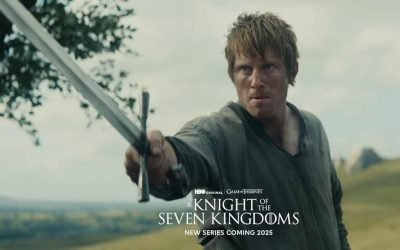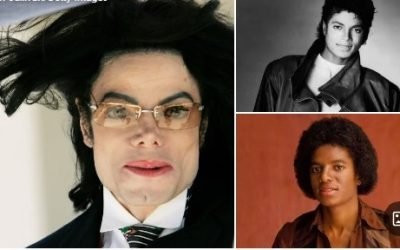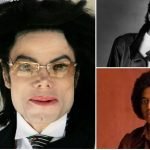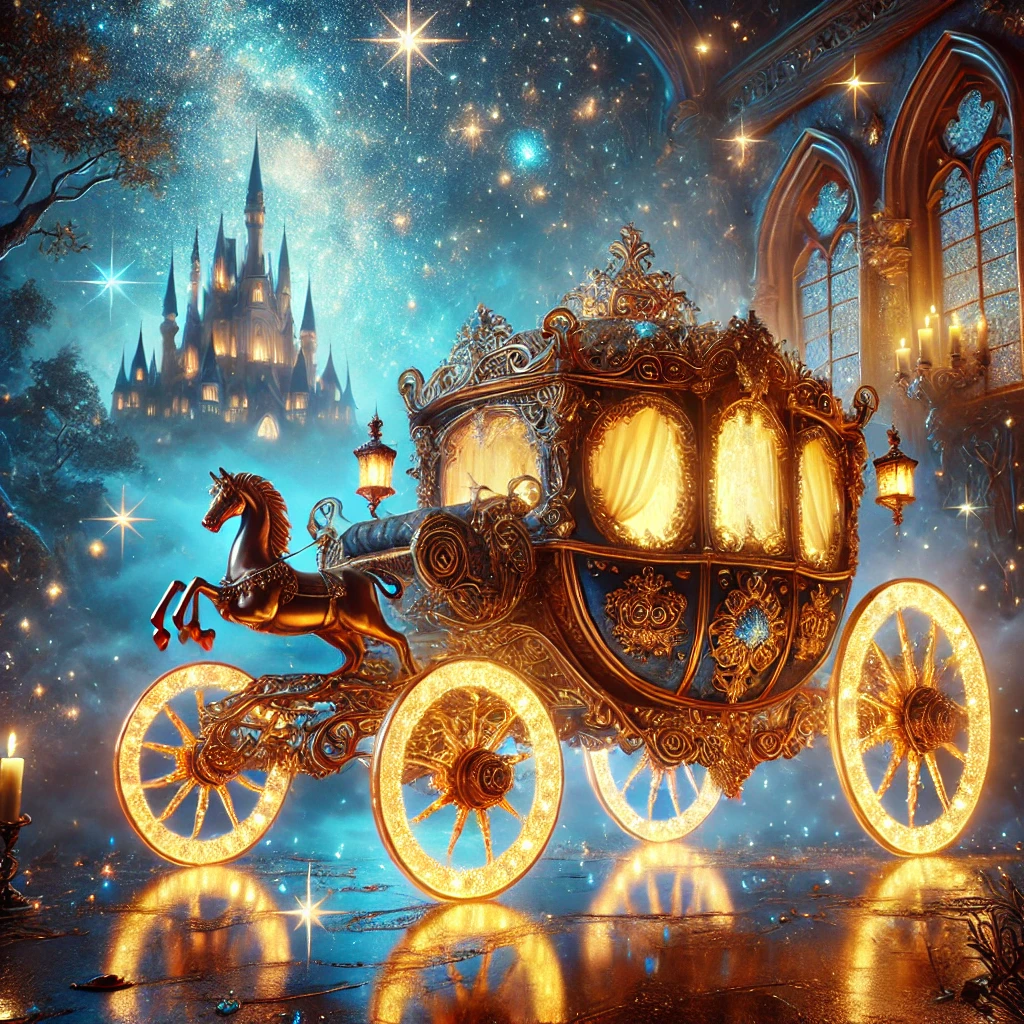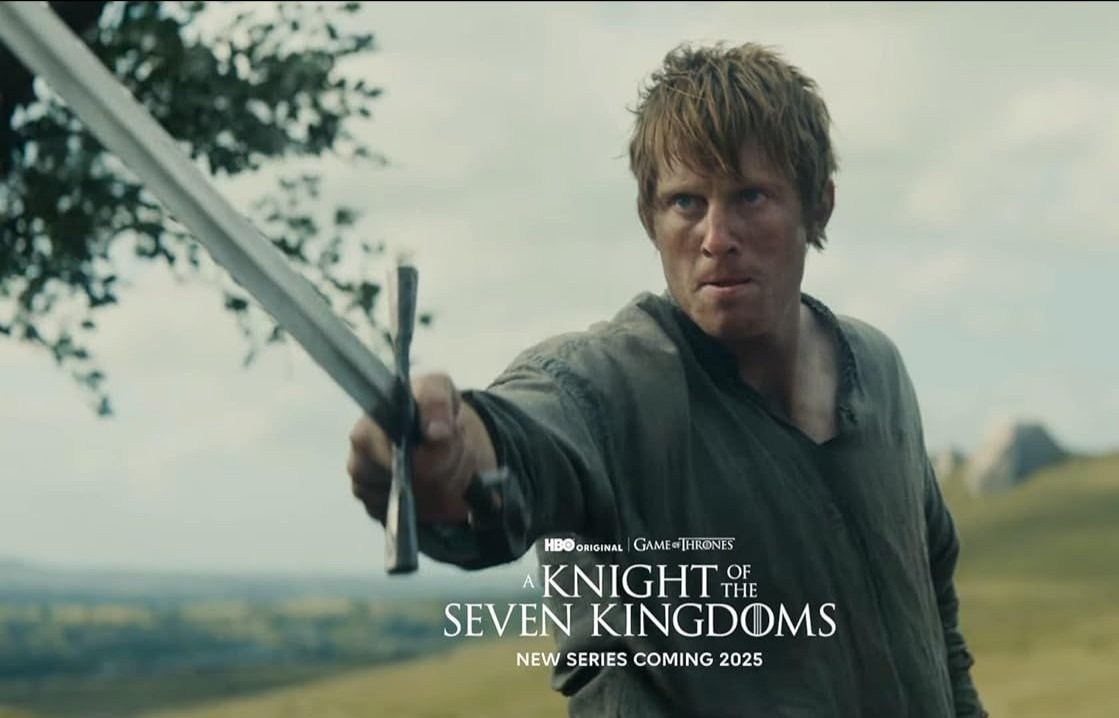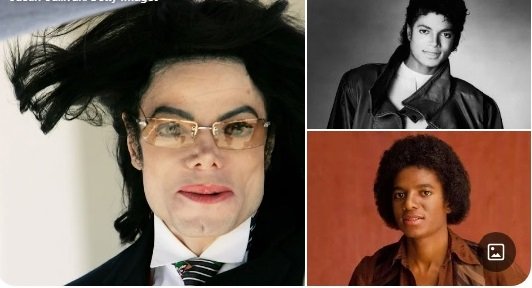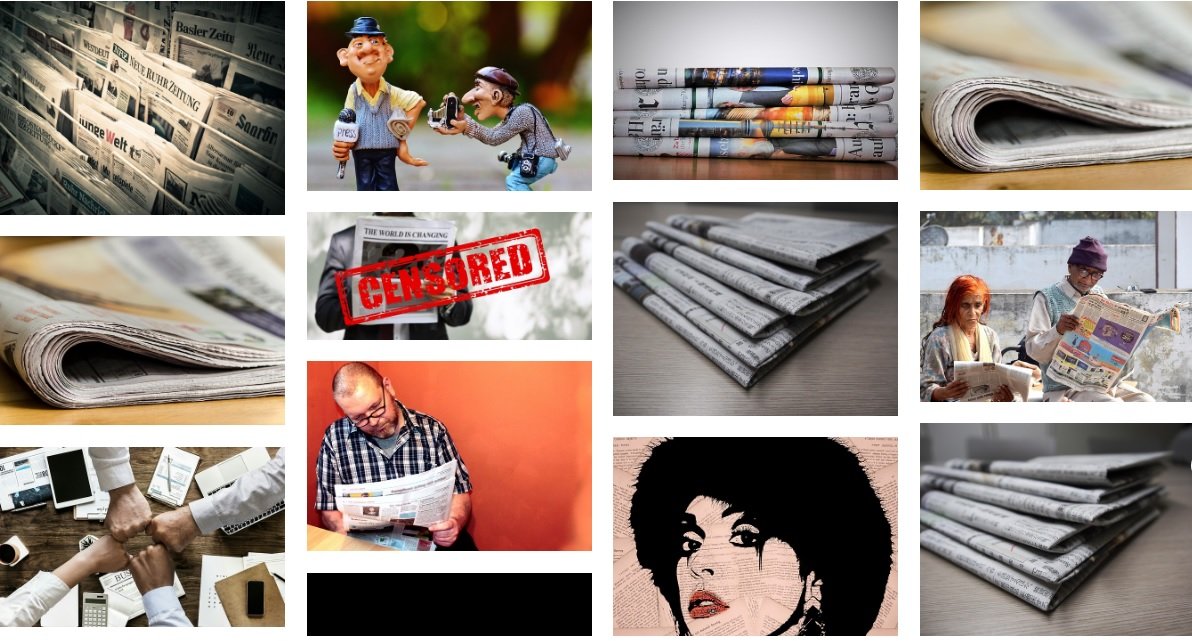The classic tale of Cinderella has enchanted audiences for centuries, and yet the recent 2021 live-action adaptation by Amazon Prime Video offers a refreshing new take on this timeless story. Directed by Kay Cannon, this version brings to life the story with a blend of modern humor, empowering themes, and a vibrant musical score. As with any reimagining of a beloved fairy tale, this Cinderella offers both familiar elements and a new perspective on the age-old story of love, resilience, and transformation. In this review, we’ll dive into the plot, performances, themes, and more, evaluating whether this version does justice to the classic tale.
Plot Overview
At its core, the plot of Cinderella remains familiar: a young woman, mistreated by her stepmother and stepsisters, dreams of a better life. With the help of her Fairy Godmother, she attends a royal ball, where she catches the eye of a prince. After a series of magical events, including a glass slipper and a race against time, Cinderella wins the prince’s heart.
However, the 2021 Cinderella adds a modern twist to the narrative. In this version, Ella (played by Camila Cabello) is portrayed as an independent young woman with aspirations beyond the traditional fairy tale’s marriage plot. Rather than a passive character waiting to be rescued, she dreams of becoming a fashion designer and opening her own boutique. When the Prince (played by Nicholas Galitzine) shows an interest in her, their connection forms around shared ambitions and mutual respect, rather than just a whimsical romance.
The film presents Ella’s journey not only as a romantic tale but also as a quest for self-empowerment. Her dreams take center stage, and her ultimate goal is to carve out her own destiny—one where she doesn’t need a prince to validate her worth.
Performance and Cast
The cast of Cinderella is a delightful mix of established talent and fresh faces. Camila Cabello shines in her acting debut, effortlessly blending charm with the spirit of independence that defines her version of Ella. Cabello brings a modern sensibility to the character, making her feel relatable to contemporary audiences while staying true to the essence of the fairy tale.
One of the most surprising and enjoyable aspects of this movie is Idina Menzel‘s portrayal of the evil stepmother. Known for her Broadway performances, especially as Elsa in Frozen, Menzel brings depth to her role as a villain, showing a woman who is not only jealous of Ella’s beauty but also trapped in her own failed dreams and insecurities. Her performance adds layers to a character that could otherwise have been one-dimensional.
Billy Porter, known for his work in Pose, plays the Fairy Godmother in an exciting twist. Reimagined as a gender-neutral, fabulous being, Porter’s character is a burst of energy and joy, offering guidance to Ella with flair and humor. This casting choice is a bold step towards inclusivity, and it works well, offering a new take on the magical mentor character.
Nicholas Galitzine plays Prince Robert, a character who is also given more depth than in previous versions of the story. The prince in this adaptation is not just looking for a wife but seeking someone who shares his vision and ambitions for the future. Galitzine’s performance feels genuine and offers a refreshing break from the traditional “damsel-in-distress” narrative.
The supporting cast, including Maddie Baillio, Charlotte Spencer, and Pierce Brosnan (as the King), provide ample comedic relief, and their performances help bring lightheartedness to the movie. The film benefits from their chemistry, which helps create a vibrant, engaging atmosphere.
Music and Choreography
One of the standout features of Cinderella is its musical numbers. With a soundtrack featuring both original songs and reimagined pop classics, the movie delivers several catchy and memorable tunes. Songs like “Let’s Get Loud”, originally by Jennifer Lopez, and “Perfect” by Ed Sheeran, are given fresh choreography and are seamlessly incorporated into the narrative.
The choreography itself is exuberant, blending modern pop culture with fairy-tale fantasy. The ball scenes, in particular, are a visual spectacle, full of energy and color. The grand finale, a musical number involving Ella and the prince, is particularly enchanting, marking a fitting conclusion to the story.
Additionally, the music doesn’t just serve as a backdrop but elevates the film’s themes of empowerment and self-expression. The song selections and performances by the cast (especially Cabello’s voice) help breathe new life into the movie, giving it a modern sensibility without sacrificing the magic.
Themes of Empowerment and Independence
While Cinderella has always been a story about transformation and change, the 2021 adaptation focuses more on themes of empowerment, self-worth, and independence. Ella is portrayed as a young woman with dreams and ambitions beyond marriage. Her desire to start her own business and become a successful fashion designer challenges the traditional narrative of the fairy tale, where Cinderella’s dreams are often centered around finding love and marrying a prince.
By making Ella an active protagonist who shapes her own destiny, the movie resonates with modern audiences who value themes of independence and self-empowerment. The message is clear: women don’t need a prince or external validation to succeed in life. It’s an uplifting message for young audiences, showing that they can chase their dreams regardless of their background or circumstances.
The relationship between Ella and the prince is also rooted in mutual respect and support for each other’s dreams. This dynamic is refreshing, as it emphasizes collaboration and partnership over traditional fairy-tale romance. The film encourages young viewers to look beyond the traditional narrative of finding love and instead focus on building their own futures.
Visuals and Cinematography
Visually, Cinderella is a stunning film, full of vibrant colors, magical transformations, and beautiful costumes. The costumes, designed by Sandy Powell, are particularly noteworthy, especially Ella’s iconic blue ballgown, which stands out in the film’s fantastical world. The movie embraces a fairy-tale aesthetic, with over-the-top, whimsical designs that fit well with the story’s magical elements.
The cinematography by Matthew Libatique, known for his work on films like Black Swan and A Star is Born, enhances the film’s magical atmosphere. From the glittering ballroom scenes to the enchanting woods where Ella’s transformation takes place, every shot is carefully crafted to immerse the audience in a world of wonder.
Criticisms and Shortcomings
While Cinderella brings fresh energy to a beloved classic, it’s not without its shortcomings. Some critics have pointed out that the film occasionally overreaches with its modern sensibilities, trying too hard to balance the traditional fairy-tale magic with contemporary themes. Some may find the anachronistic pop music and modern humor distracting in certain scenes. Additionally, while the plot offers empowerment, there are times when the story feels a bit predictable, especially for viewers familiar with the original tale.
However, these minor flaws do not detract from the movie’s overall charm. The film is still a fun, engaging reimagining of a beloved classic, offering something for both new and old audiences.


